Photosynthesis
The process of turning carbon dioxide and water into glucose and oxygen in green plants is known as photosynthesis. The conversion of light energy into chemical energy and subsequent storage of that energy in the bonds of the glucose molecules can be seen as this process. As a byproduct of photosynthesis, oxygen is also created and released into the atmosphere. Since it serves as the main energy source for the majority of living things, photosynthesis is crucial for life to exist on Earth. To transform light energy into chemical energy, which is then used to create carbohydrates, plants use photosynthesis. Chlorophyll, the pigment that absorbs light energy, is found in the chloroplasts of plant cells, where photosynthesis occurs. The chlorophyll converts the light's energy into chemical energy, which is then used to create glucose molecules. Water, carbon dioxide, and light energy are just a few of the many distinct ingredients needed for the complicated process of photosynthesis.
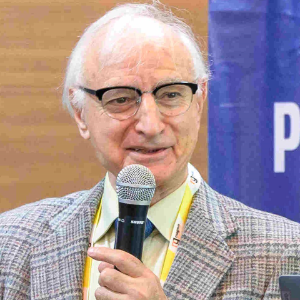
Mohammad Babadoost
University of Illinois, United States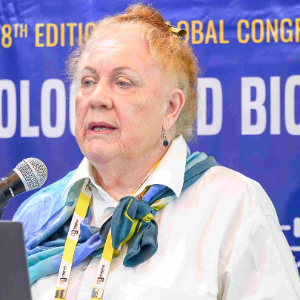
Mary Cole
The University of Melbourne, Australia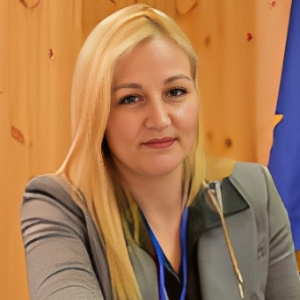
Valasia Iakovoglou
UNESCO chair Con-E-Ect, International Hellenic University, Greece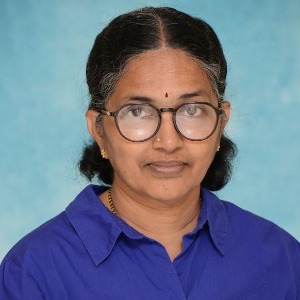
Satya S S Narina
Virginia State University, United States
Sara Hailemariam
Purdue University, United States
Midhat Mahboob
Lincoln University, New Zealand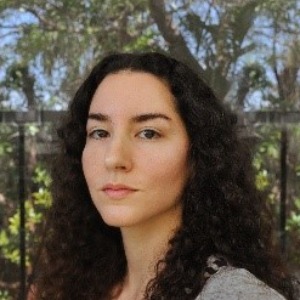


Title : Exploring the genetic diversity in tannin-rich forages to explain the large intra species variability in tannin content
Selina Sterup Moore, Aarhus University, Denmark
Title : Isolation and functional properties of biomolecules of plants and its application
Balagopalan Unni, GEMS Arts & Science College (Autonomous), India
Title : Primed for the future: PGPR and the promise of sustainable, heritable crop resilience
Prashant Singh, Banaras Hindu University (BHU), India
Title : Revealing allelic variations in candidate genes associated with grain yield under salinity stress between two contrasting rice genotypes
Nisha Sulari Kottearachchi, Wayamba University of Sri Lanka, Sri Lanka
Title : Adaptive strategies of Aristida L. species across ecological zones of Pakistan: Linking soil characteristics with morphological and physiological traits
Iram Ijaz, University of Agriculture Faisalabad Pakistan, Pakistan
Title : Ethnobotanical survey and abundance of weeds in selected Manihot esculenta (cassava) Crantz farms in Osun state, Nigeria
Dada Caleb Mayokun, University of Ibadan, Nigeria